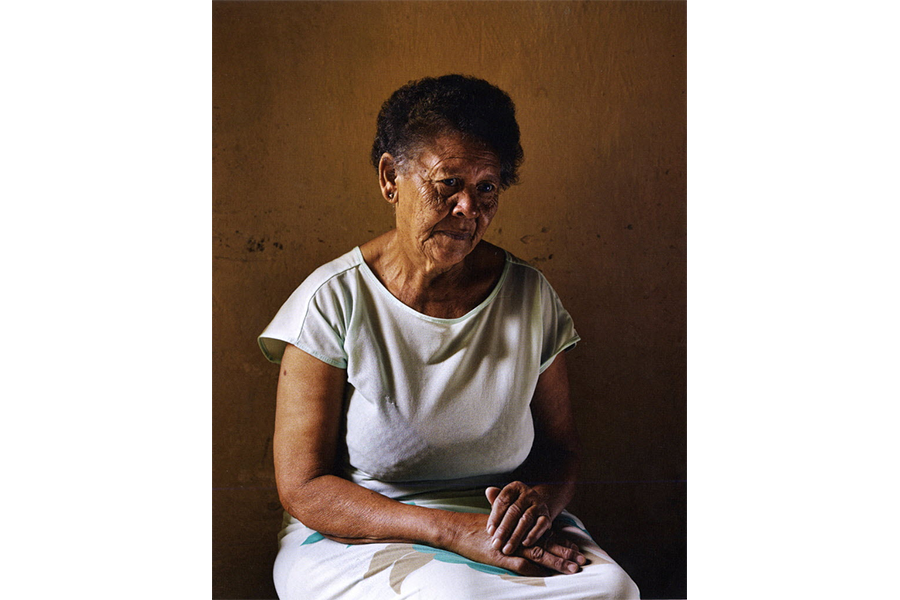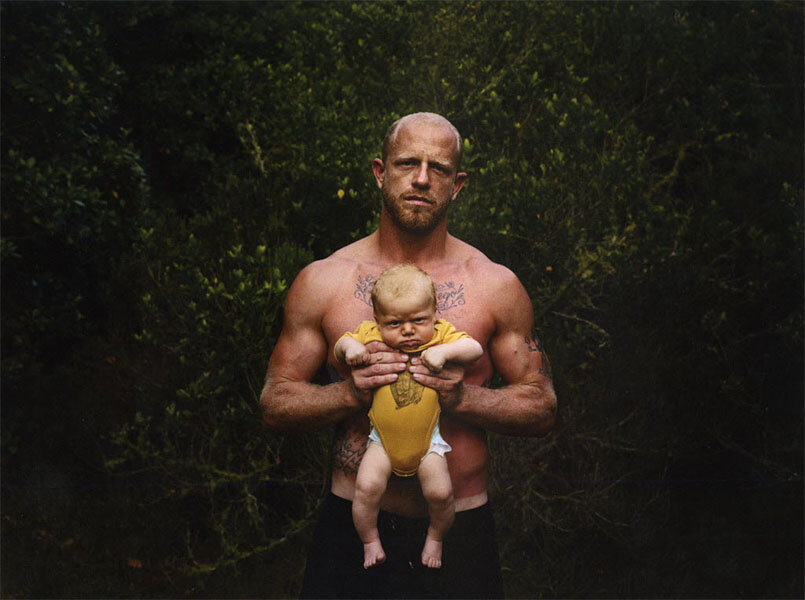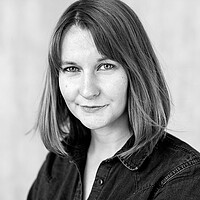'Kin' expresses Pieter Hugo's discomfort with his homeland South Africa
It’s an important time to look at South Africa.
Over the last few months, protests have spread on university campuses across the country as students have been crying out against embedded racial inequality in scenes similar to student protests here in the US. These students are the "born frees," the first generation of children who grew up in a post-apartheid South African, and they are now reaching adulthood and grappling with their country's history and the sometimes subtle legacy of apartheid.
In this climate, Pieter Hugo’s Kin offers a visual representation of his own struggle with his homeland. Hugo's photgraphs in "Kin" might best be called thoughtfully uncomfortable.
Hugo has worked on photo projects across Africa, focusing on individuals or groups on the fringe of society, from garbage scavengers to the Hyena Men of Nigeria. As with some of his other bodies of work, the images in "Kin" leave viewers with disquieting questions about presentation and stereotypes.
These feelings reflect Hugo’s inspiration for the work in "Kin," which was an attempt to address his relationship with deeply embedded problems from South Africa’s colonial past. “Issues of race and cultural custodianship permeate every aspect of society, and the legacy of forced racial segregation casts a long shadow. How does one live in this society? How does one take responsibility for history and to what extent should one try?,” he asks.
Aerial views of gated communities in Johannesburg paired with a miner’s monument in Braamfontein offer stark contrasts like the intimidating portrait of Hugo and his son placed not far after the portrait of Ann Sallies, the woman who helped raise Hugo and worked for his parents. Hugo’s work may not be relaxing, but it is lovely and undoubtedly important to view and consider.









